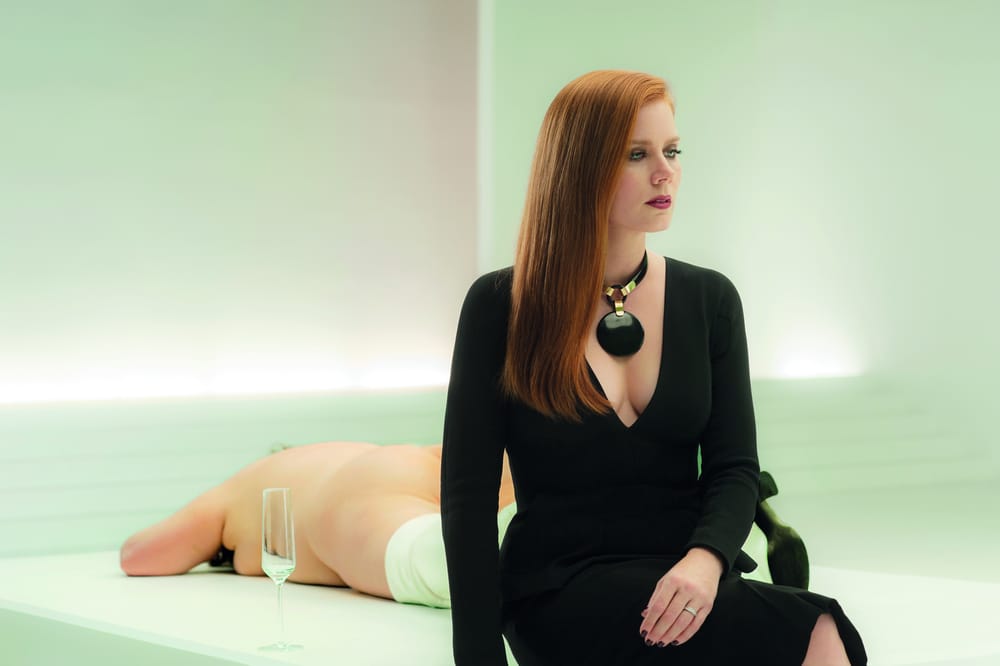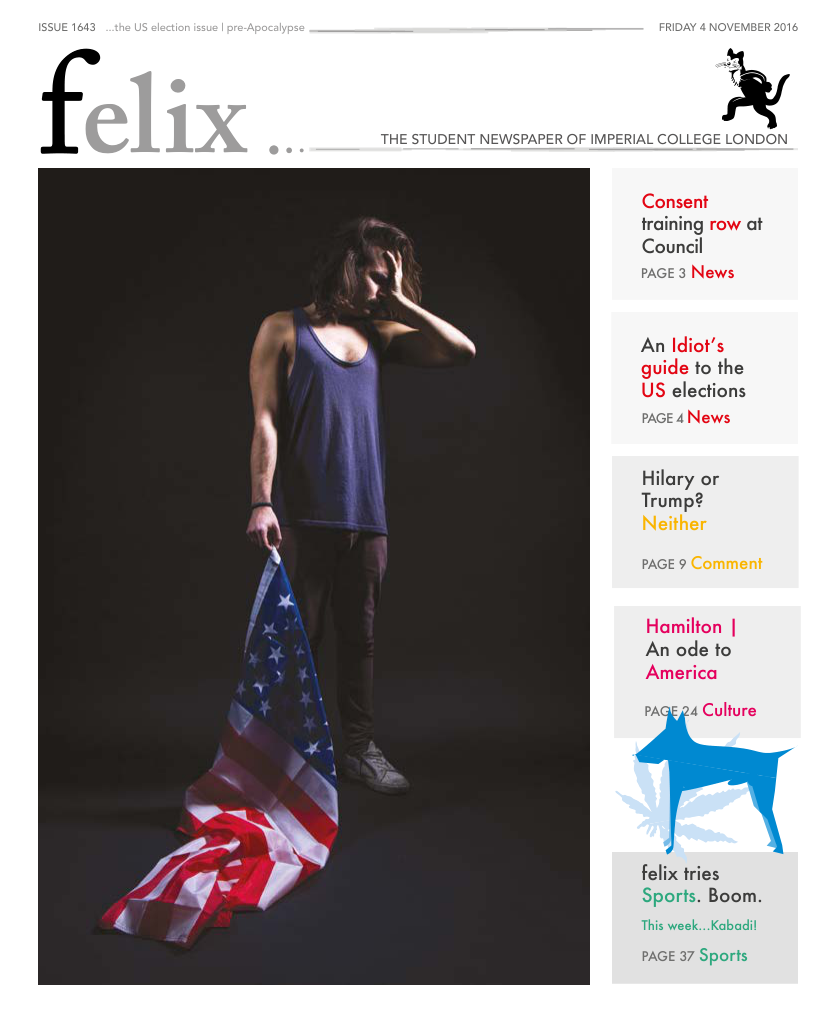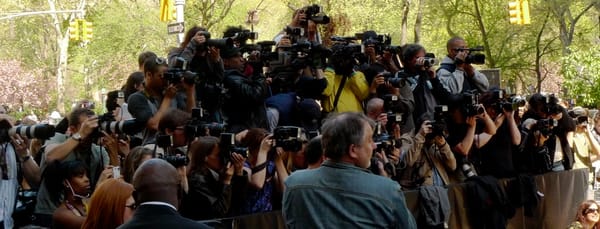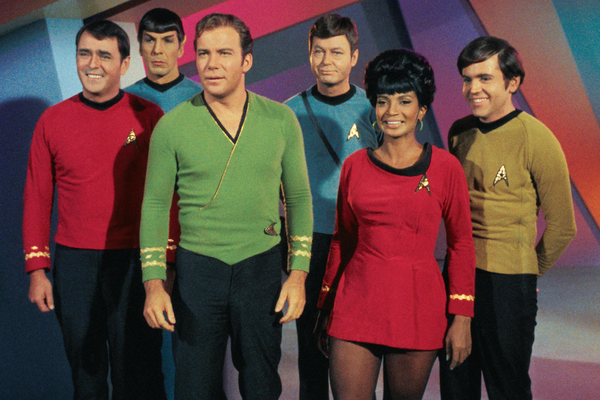A dark descent into artistic depths
Tom Ford returns after a seven-year absence with Nocturnal Animals, a luscious, scintillating thriller that shows off his eye for beauty

Looking for a startling way to open your movie? A slow-motion montage of obese elderly women dancing, completely naked save for cheerleading pom-poms and marching band hats, ought to do the trick. Nocturnal Animals, the latest feature from fashion-bigwig-turned-film-director Tom Ford, opens with such a scene. Though a visual echo to this opening occurs later in the movie in a brief strip bar scene, its meaning is never quite explained. There’s a suggestion that this lack of explanation, or lack of meaning, is entirely the point: it’s revealed that this display of dancers is a new art installation by successful gallery owner Susan Monrow (Amy Adams), and at a dinner a few scenes later she describes her own installation, with sincere dejection, as “junk”.
Nocturnal Animals is a strong testament that as a director, Ford has finally found his true calling.
Susan is one of the many artists that populate one of the multiple storylines of Nocturnal Animals, and is not alone in despising her own work. Ford paints a hilariously miserable caricature of the art world he left behind; it’s most likely no accident, as the ex-creative director of Gucci and Yves Saint Lauren has said in interviews that since the birth of his toddler, he’s grown into a state of “anti-materialism”. He even makes a point of keeping the characters shackled to the consumer machine that so often serves to be mocked by filmmakers who wish to appear avant-garde; when Susan accidentally breaks the phone of one of her colleagues, she’s told not to worry – “the new one comes out next week”. That Ford opted for such a vitriolic representation of the art world might seem worrying to anyone who hasn’t yet seen the film, as if he’d spent approximately $22 million writing a bitter letter to an ex, but fear not; Nocturnal Animals is a lush, thrilling drama that carries as much narrative focus as it does emotional heft, and is a strong testament that as a director, Ford has finally found his true calling.
For the first five minutes of the film, Susan paces languidly around her world, populated chiefly by a distant second husband (Armie Hammer) and a handful of friends even crazier than herself (played in brilliantly exaggerated single-scene performances from Andrea Riseborough and Michael Sheen). A quiet weekend alone at home is interrupted by the arrival of a letter from her first husband Edward Sheffield (Jake Gyllenhaal) after a silence of many years, along with a finished manuscript of his latest, as-yet-unpublished, novel. She begins to read it and is sucked into a dark revenge thriller that is played out in full on the screen, in which the protagonist Tony (who Susan imagines to be Edward, i.e. Gyllenhaal) has his family abducted during a night drive by a gang of young men led by Ray (Aaron Taylor-Johnson). As she finishes reading the opening of the novel, flashbacks of her time with Edward begin to appear, and thus the three distinct timelines of the film are established.
One of Nocturnal Animals’ most admirable achievements is that it manages to make each storyline as gripping as the others. The dramatisation of the novel that ostensibly takes place inside Susan’s mind is rather straightforward plot-wise, but remains absorbing throughout each scene, thanks in no small part to a brace of very strong performances. Taylor-Johnson is captivating and dastardly as chief psycho Ray, and Gyllenhaal embodies the character arc of Tony with perfect believability, but Michael Shannon’s performance as the detective assigned to help Tony find his family, steals every scene he’s in. When his character gets up-close-and-personal to another during a monologue – which, enjoyably, occurs frequently – I could feel that there wasn’t a person in the cinema who wasn’t devoting the entirety of their attention to him.
Despite its darkness, Nocturnal Animals remains intriguing – and even entertaining – to watch
The “real life” narrative strand, however, has a much more static, melancholic atmosphere. For better or worse, Susan is a character whose own life and decisions have stifled her. Despite her sucessful career, it appears to be her husband who brings in the cash flow sufficient for sustaining their glamorous lifestyle. The only other notable female character in the film is her mother – another caricature, this time of a racist, misogynistic upper-class Texan – who is portrayed with a marvellously steely edge of cynicism and brimstone by Laura Linney. This doesn’t bode well for Susan’s situation as a female artist in a man’s world. On top of this, Gyllenhaal’s real-life Edward is constantly labelled as “weak” during the flashback sequences (a theme which is heavily reflected in the thriller he has written); as more is revealed about the backstory between Susan and Edward, and the fictional thriller running parallel to it turns more and more sour. In fact we are led to question if this novel Edward has written is his way of showing her that he is no longer weak, or exacting bitter revenge.
Despite its darkness, Nocturnal Animals remains intriguing and even entertaining. Of course it should go without saying that the film is gorgeously shot, proving that Ford has kept his eye for beauty. He also proves himself a startlingly adept screenwriter, with dialogue that drip-feeds exposition in a subtle manner, and manages a surprisingly large number of laughs with a grim sense of humour. I hope Susan is not his mouthpiece when she refers to her own work as “junk”, as Nocturnal Animals is an excellent piece of cinema. It’s clear now that he has found a new lease of life as a director, so here’s to hoping he continues to find it for quite some time.









